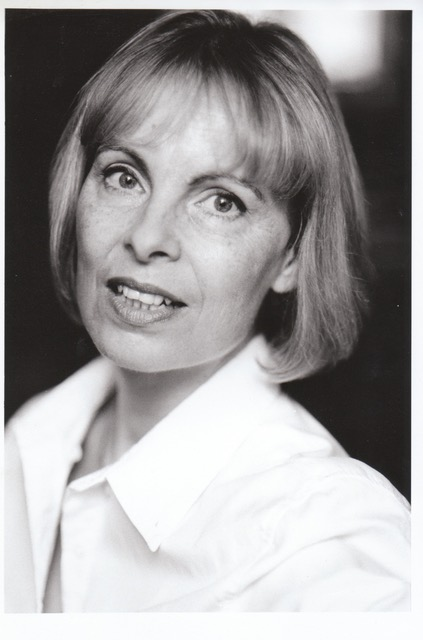I had the pleasure of meeting Christina Koning (above) some years ago at a Christmas crime writing event at Heffers in Cambridge. Since then, I've been pleased to see her growing reputation as a crime novelist, author of a series of novels published by Allison & Busby which feature one of the genre's enduring tropes, the blind detective. She's kindly contributed a guest post on this subject, split into two because of length. Here is part one:
'When I started writing the first novel in the Blind Detective series in 2014, I had no idea it would be a detective story nor that there would be a series. I just wanted to write about my grandfather, a veteran of the First World war, blinded at Ypres, on the anniversary of the start of that conflict. It was only as the book progressed that it struck me that it would make a good murder mystery, and that the central character’s blindness, far from being a disadvantage as far as his sleuthing abilities were concerned, would give him some distinct advantages. I also liked the idea that, as readers, we are all ‘blind detectives’, navigating our way through the narrative with the aid of clues which might or might not prove misleading.
In order to give some authenticity to my portrayal, I first turned to autobiographical works such as Sir Ian Fraser’s My Story of St Dunstan’s. From this, and other accounts by blinded veterans of both the First and Second World Wars, I found that it would indeed be possible for my detective to be blind, and still function effectively in a sighted world. In some respects, my character’s disability makes him more effective, since he has been obliged because of it to train his memory and wits in ways a sighted person would never need to.
Thanks, Christina. Part two comes tomorrow...

1 comment:
i am the writer and translator tom appleton but wasn't quite sure how to change the "anonymous" entry to anything more explicit. i started a kiddie-krime series in the manner of kalle blomqvist but set in vienna in the first volume. the second is set in helsinki, the third in paris and the final one in paraguay. the girl heroine is called anna karina, and the place she lives in vienna features an italian blind detective called otto buonavista. he tells anna about how when he was at the blind school in italy all the kids loved to read max carrados so otto reads her one the stories while she comfortably snuggles down with her dog and goes to sleep. at the end of the book i want to raise the question did he read the story in braille and did he have a spanish edition, since anna karina is originally from paraguay. i want to say of course he had a spanish edition to hand, in braille, as well as the italian and the XYZ EDITIONS. WOULD ANYONE KNOW ANYTHING ABOUT THAT? or i could just make it up, of course...
Post a Comment